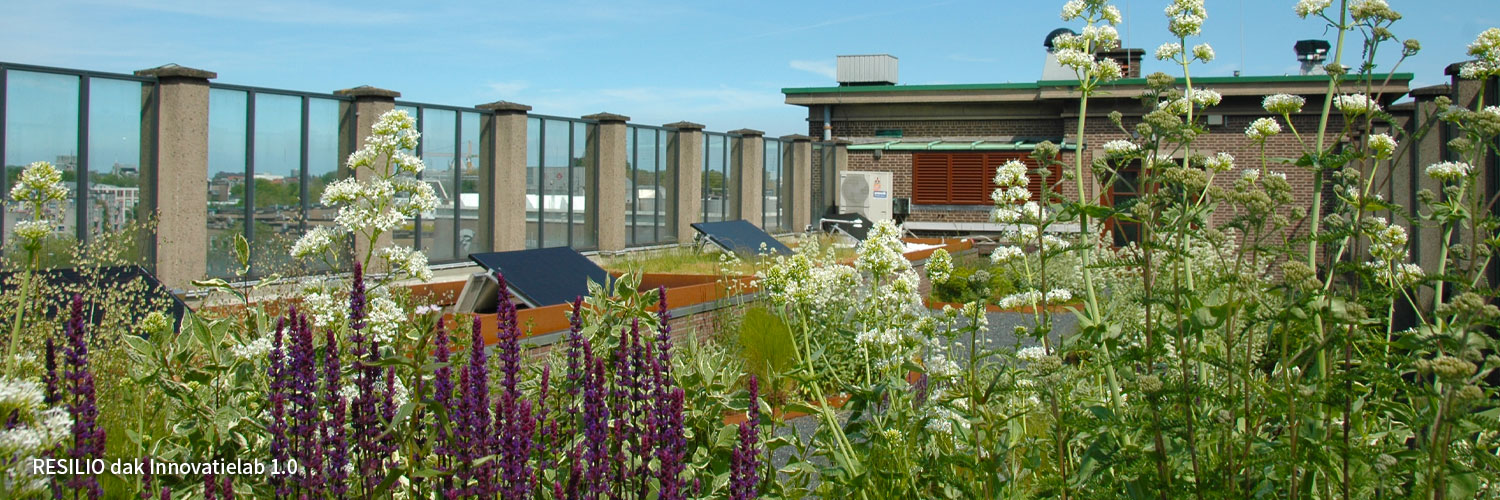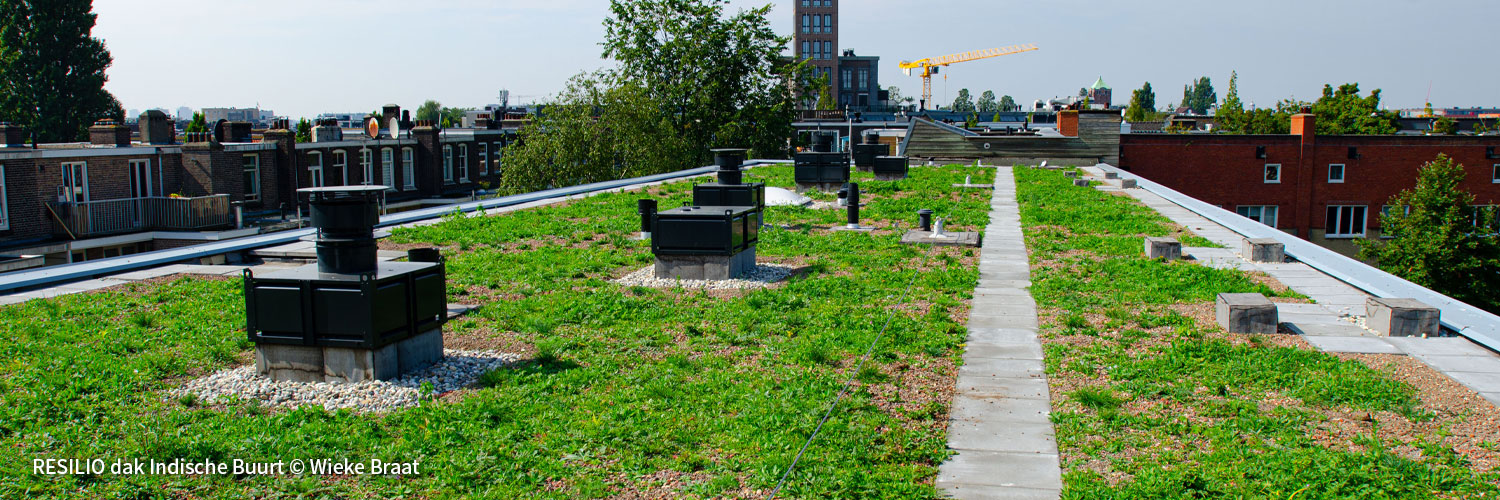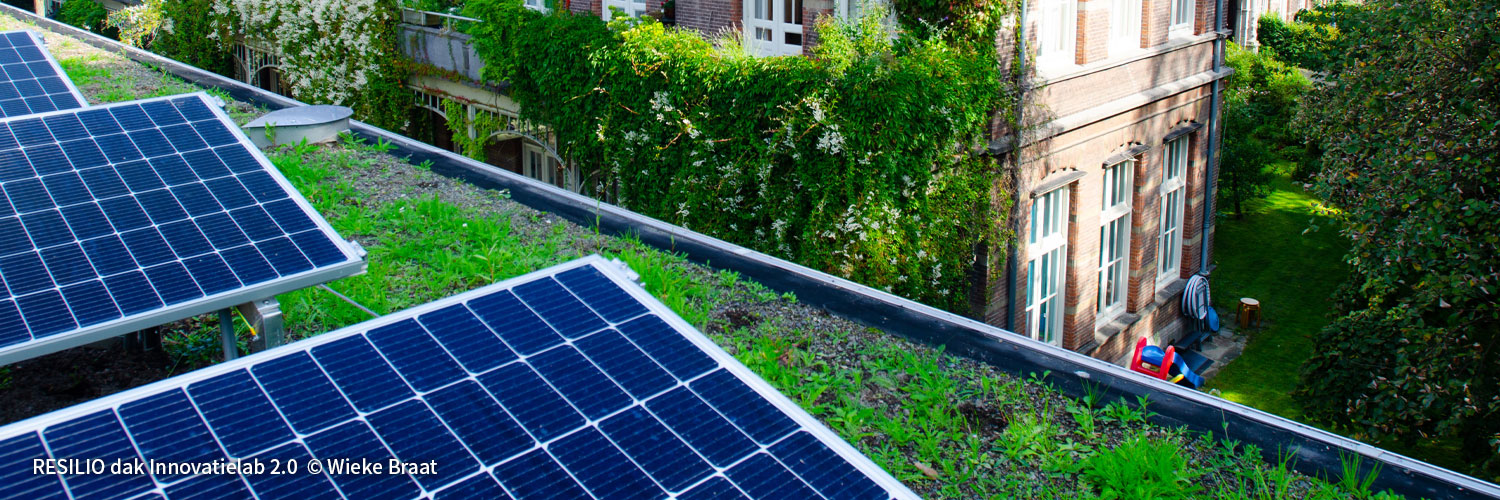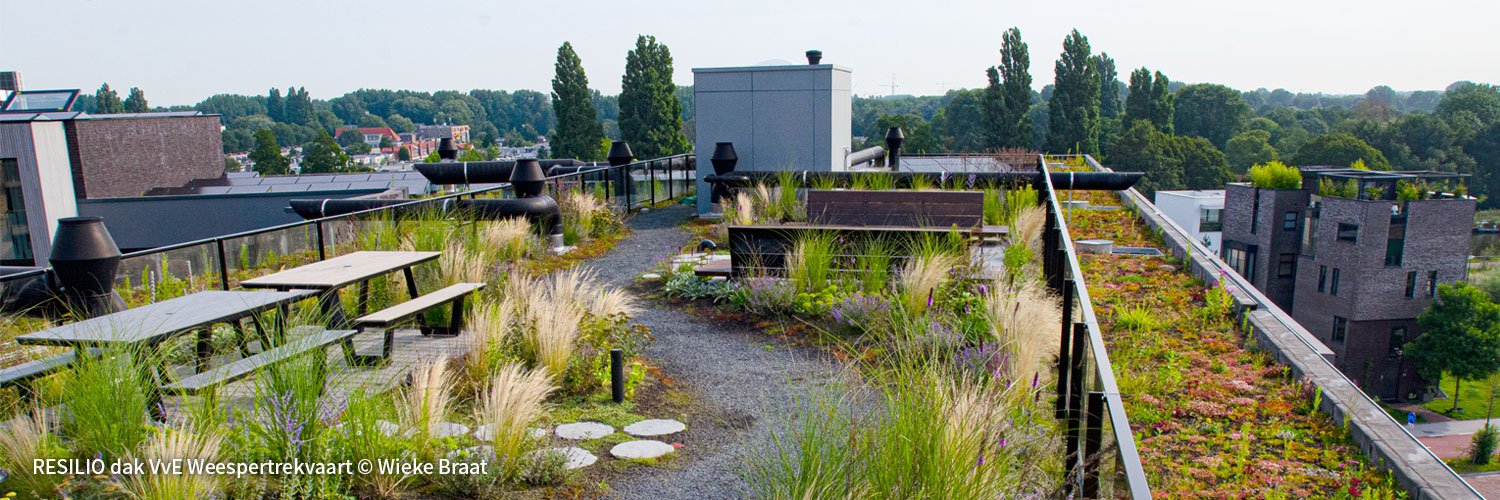ABOUT RESILIO
Urbanization is creating lots of challenges. Due to the large amount of concrete and asphalt they hold, drainage of heavy rain and heat stress are an increasingly prevalent problem. With more green spaces and the right management of rainwater, we can face this challenge, but space in the city is scarce. That’s why the RESILIO project has taken advantage of the unused space on the rooftops. Together with 8 partners, the municipality of Amsterdam has realized no less than 10,000 m2 of smart blue-green roofs in our capital city between 2018 and 2022.
RESILIO is an acronym for ‘Resilience nEtwork of Smart Innovative cLImate-adapative rOoftops’. The RESILIO project ran from 2018 until 2022 and was a collaboration between the municipality of Amsterdam, Waternet, MetroPolder Company, Rooftop Revolution, HvA, VU, Stadgenoot, de Alliantie and De Key. The project was co-financed by the European Regional Development Fund through the European Unions’ Urban Innovative Actions Initiative. Read more about the partners.
In March 2022, the RESILIO Final Report ‘A Rooftop Journey’ was released. This report presents the research results and final conclusions of the project.
Scroll down for mor information.
RESEARCH
The workings and effectiveness of blue-green roofs have been researched and scientifically proven by the Smartroof 2.0 project. The RESILIO project has been the first project to deploy these roofs on a larger scale and to connect them via a smart digital network. This has opened up opportunities for new research. Based on this project, the Amsterdam University of Applied Sciences and VU University Amsterdam have studied the effects of these roofs on the neighboring buildings, the neighborhood itself, and on the city. Secondly, the HvA developed business models for the innovative technology that were used in the project. And finally, the Public Health Service of Amsterdam (GGD Amsterdam) has conducted research on the health effects of vegetation. To stimulate the development of blue-green roofs abroad, the acquired knowledge and experience has been shared with other European cities. This way we hope we can help retain heavy rainfall and prevent heat stress as a result of climate change in other cities as well. Read more in the final report.
WHERE
The RESILIO roofs are realized in Kattenburg, de Oosterparkbuurt, Indische Buurt, and Slotermeer. These four neighborhoods are selected due to their increased risk of flooding and damage during heavy rainfall (see the rain bottleneck map made by Rainproof). Additionally, the bitume of these roofs needed replacing which made it a perfect moment for implementing a sustainable solution!
Most of the roofs were built on top of social housing units of housing associations De Key, Stadgenoot and the Alliantie. The tenants of these buildings were informed about the plans and involved in the project. Not just the residents, but the entire city and its inhabitants now profit from these blue-green roofs. And don’t forget the unobserved inhabitants: wild plants, insects, and birds.
RESILIO IN SHORT
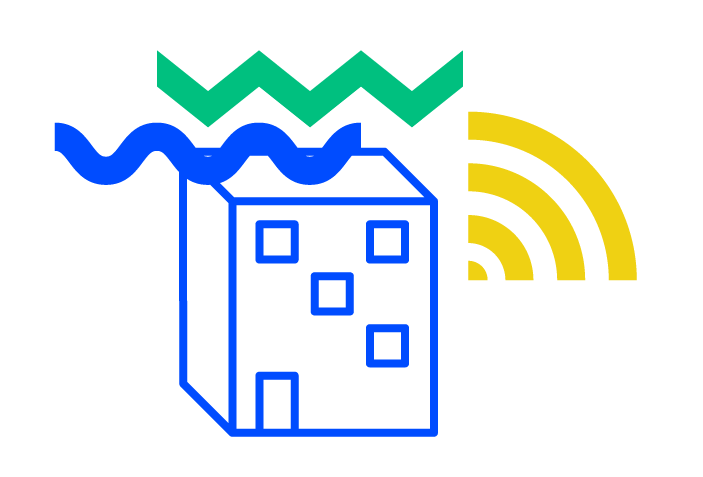
WHAT
10.000 m2 smart blue-green rooftops
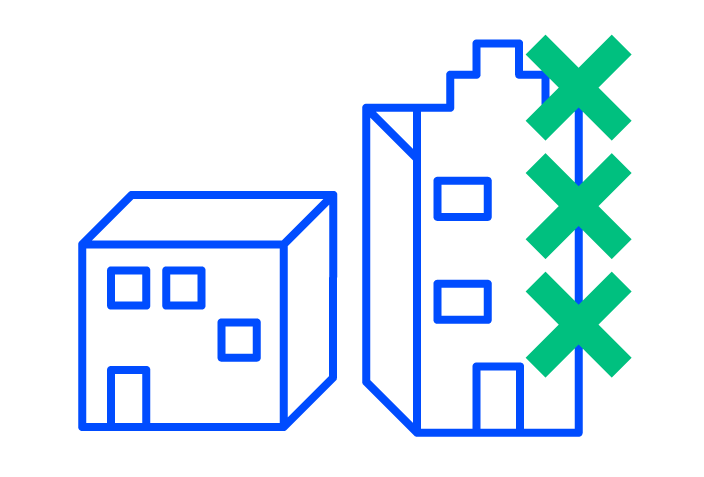
WHERE
Amsterdam
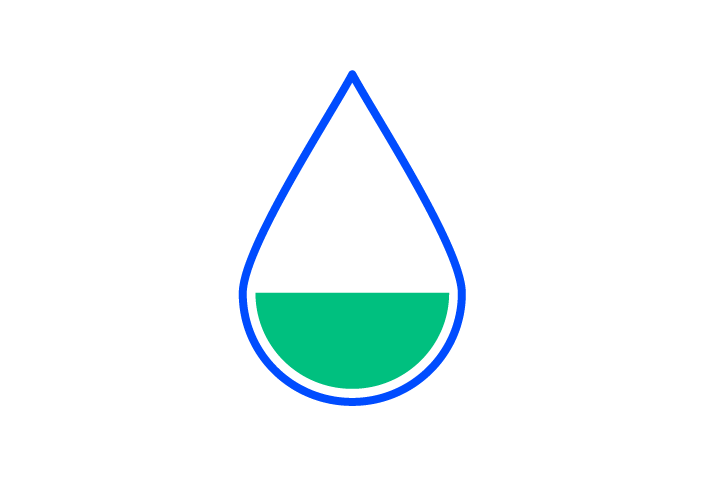
EXTRA WATER BUFFER
560.000 litres
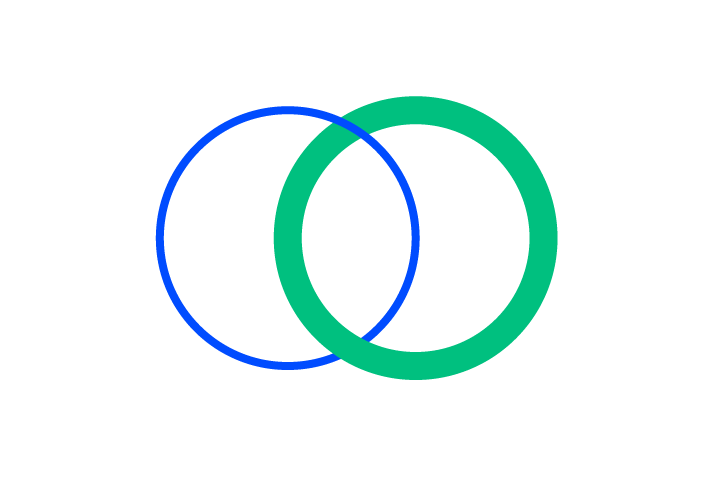
PARTNERS
9
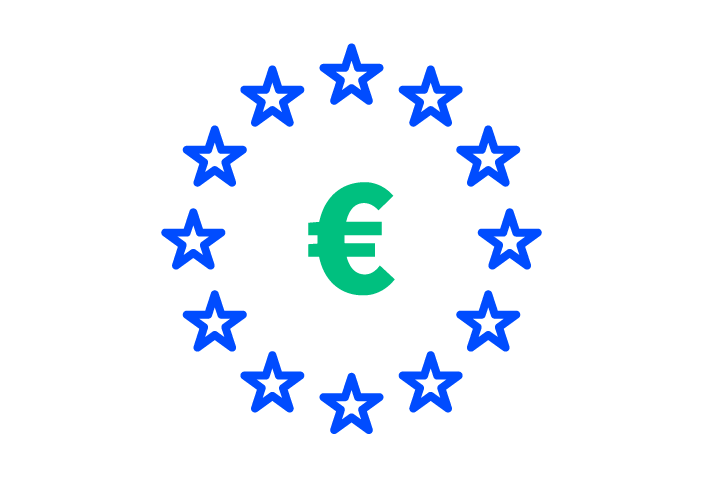
EU FUNDING
€4.8 million
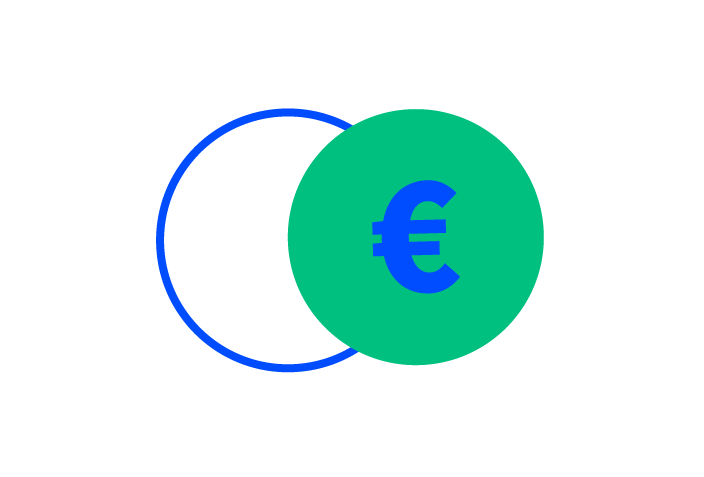
PARTNERS FUNDING
€1.2 million

PROJECT DURATION
3 years

RESIDENTS INVOLVED
1500
“It is important that we prepare ourselves for extreme weather as a result of climate change. With this project, we are able to use a large surface of the Amsterdam rooftops all at once. Also, I am very happy that because of this the people who do not own a house can enjoy the benefits of these rooftops.”
Councillor Ivens, Municipality of Amsterdam
“Water is a raw material. By disposing of it through a pipe, we turn it into waste. This is not right. Cities are becoming busier and the climate is changing, increasing the risk of flooding, heat stress and drought. This means that cities have to retain more rainwater for use during the dry periods.”
Friso Klapwijk, MetroPolder Company
“We show that you can make very precise arrangements about the amount of water that you are able to store on a roof, in such a way that a blue-green roof also gains economic value. This makes it relevant for us as water managers to think about how you can optimize that value for both the private and public domain.”Kasper Spaan, Waternet
“We want to know what is of value to the residents. We have connected multiple roofs in a network and are letting them work together in the field of water management. This means that more stakeholders are involved and the role of good communication is becoming increasingly important.”Jan Henk Tigelaar, Rooftop Revolution
“We are going to investigate the effect on the city. To what extent do these roofs cause less flooding? Are there positive effects on heat stress and quality of life? We want to specify this.”Jeroen Kluck, HvA
“The power lies in linking data systems. We will link the information from the Dakota roof management system to Waternet data.”Glen Bosman, Consolidated
“For the EU, the sharing of knowledge and lessons learned with other European cities is important. In this way, other cities can use the knowledge that is being developed by RESILIO about the technology, the process and the implementation of smart blue-green roofs.”Alex Pixley, Municipality of Amsterdam

